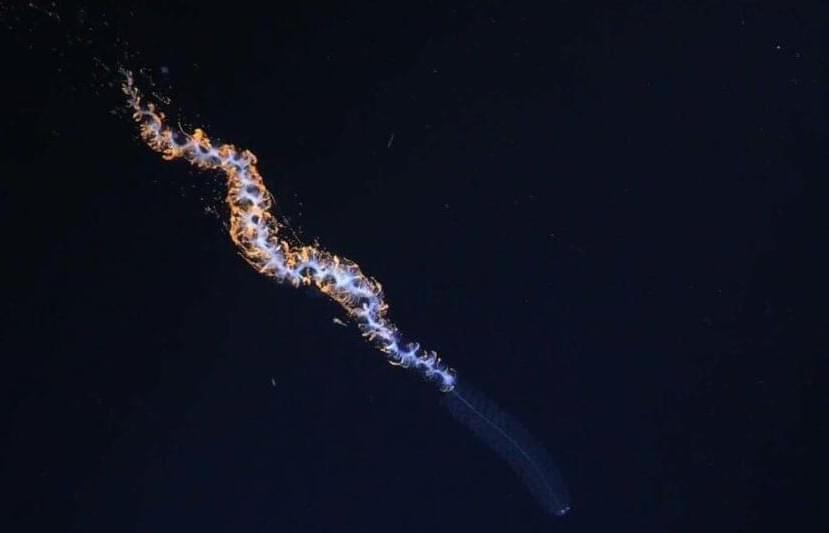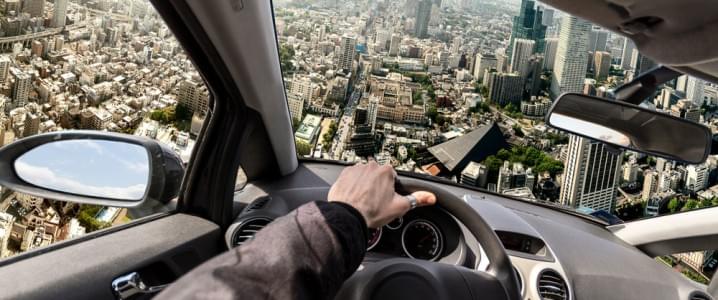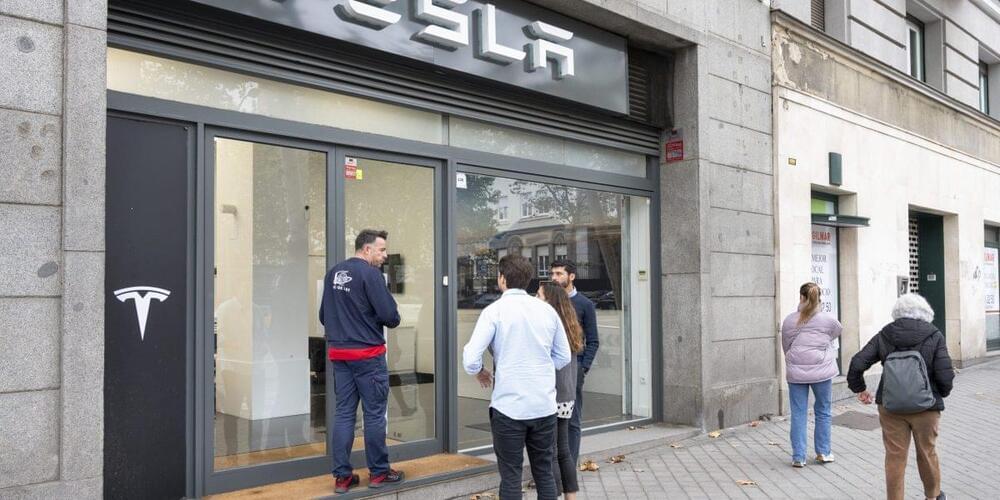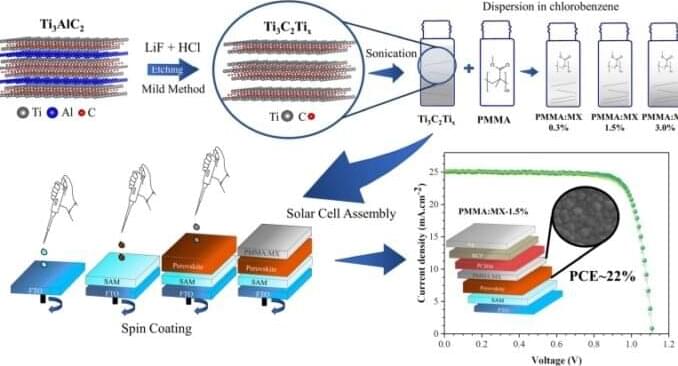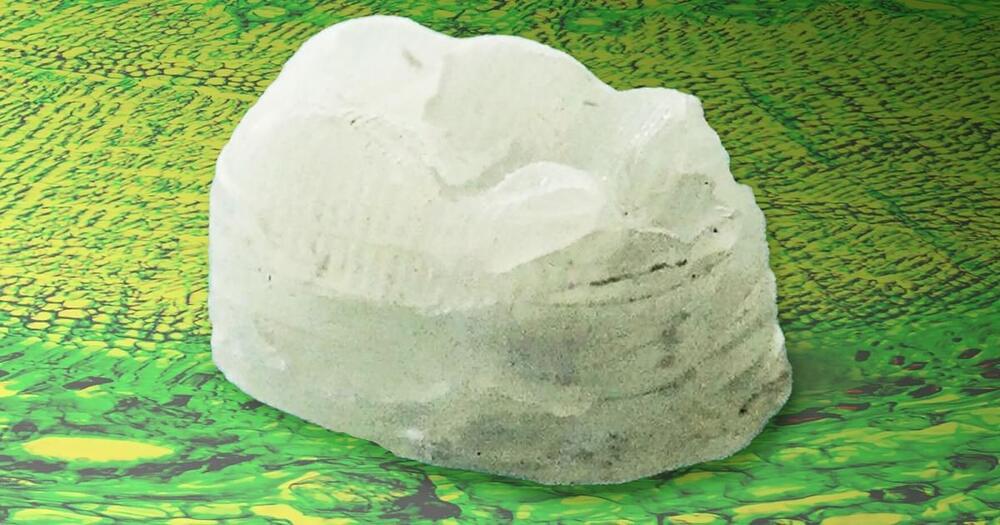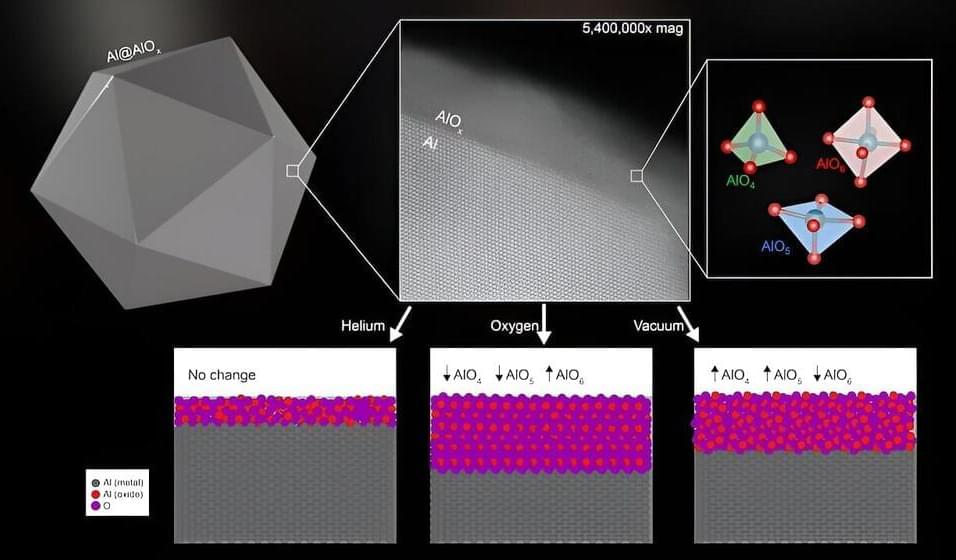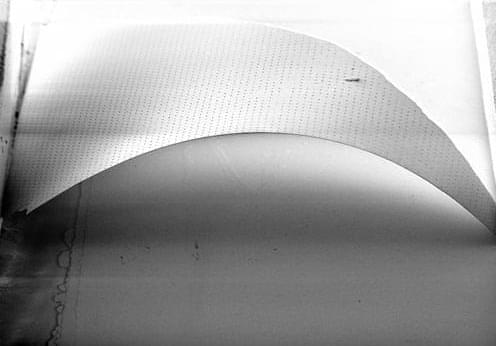In an article published in the Journal of Materials Chemistry C, Brazilian researchers describe a strategy to enhance the efficiency and stability of solar cells made of perovskite, a semiconductor material produced in the laboratory. The results of the project could be highly positive for the future of the solar power sector.
Developed by researchers at São Paulo State University (UNESP) in Bauru, Brazil, the method involves the use of a class of materials known as MXenes, a family of two-dimensional materials with a graphene-like structure combining transition metals, carbon and/or nitrogen, and surface functional groups such as fluoride, oxygen or hydroxyl. Their properties include high electrical conductivity, good thermal stability, and high transmittance (relating to the amount of light that passes through a substance without being reflected or absorbed).
In the study, the MXene Ti3C2Tx was added to polymethyl methacrylate (PMMA) to form a passivation coating, which was spin-coated on top of the perovskite layer of inverted solar cells. Passivation coatings are designed to mitigate possible defects in polycrystalline solids (perovskite in this case) due to interaction with the environment or to their internal structure.
